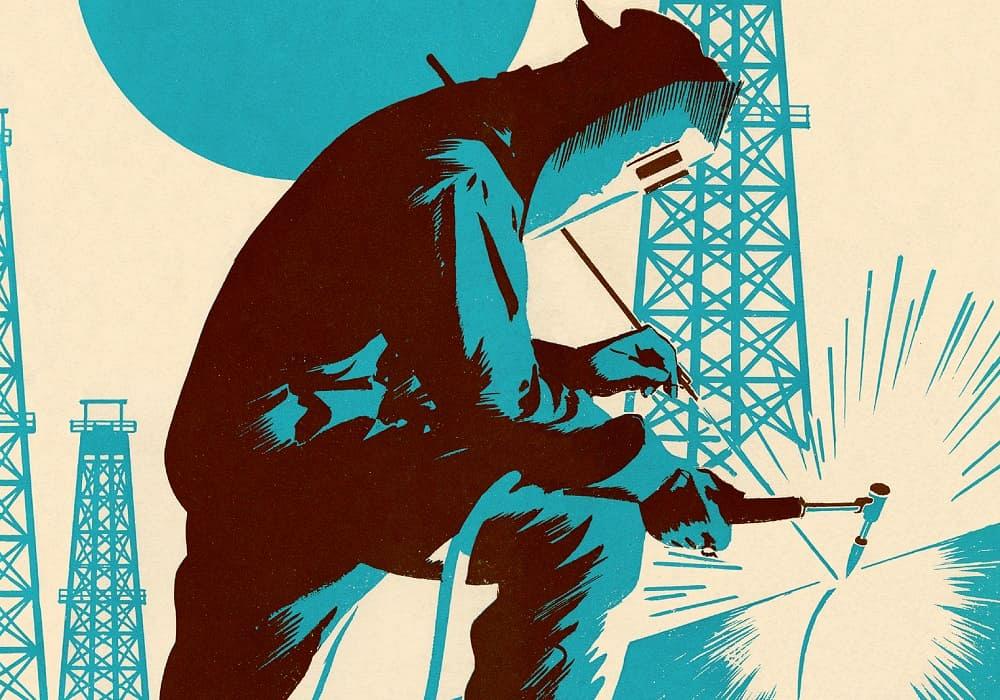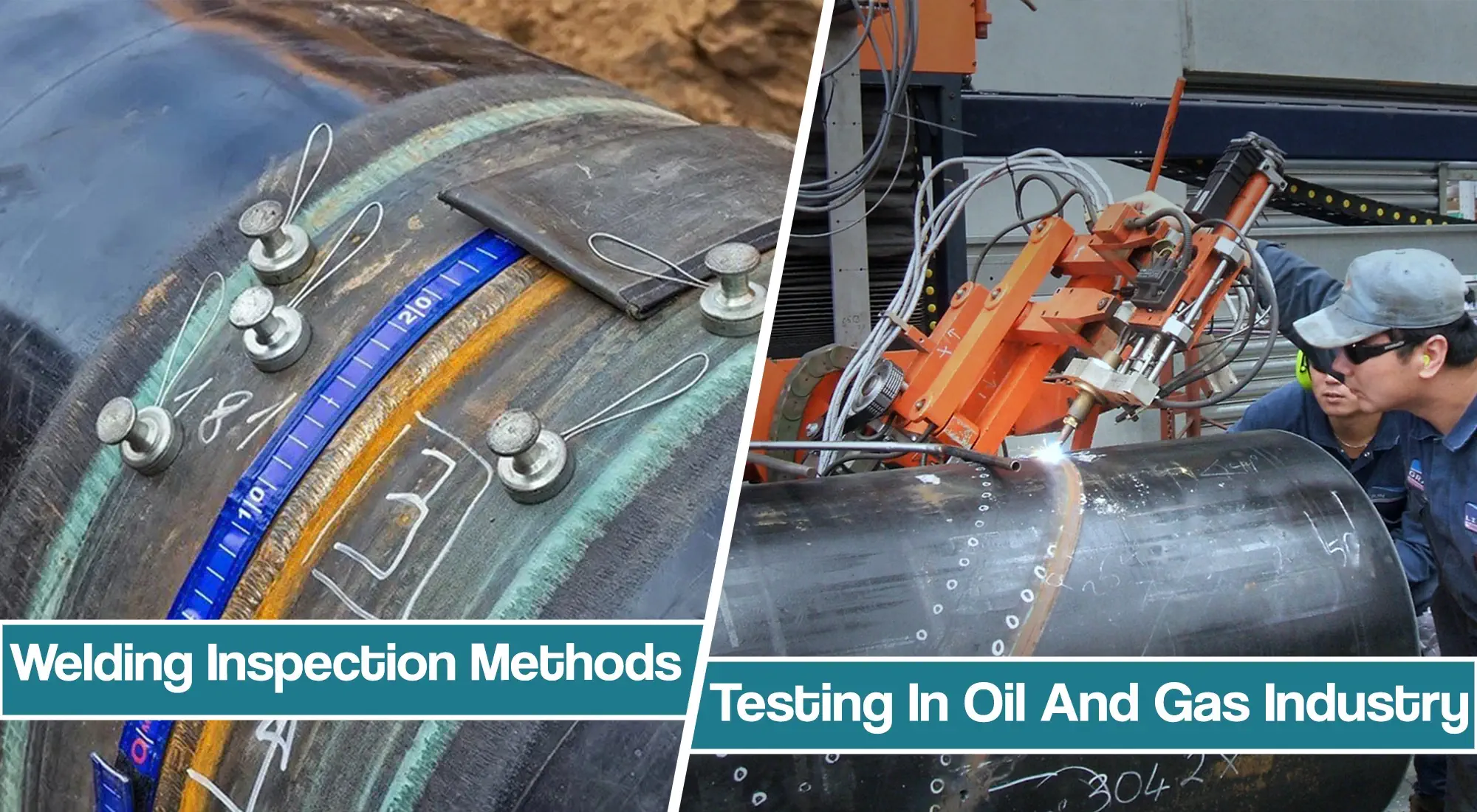Pipeline Welding Inspection: Ensuring Compliance with Industry Criteria

Finest Practices for Pipeline Welding Inspection: Techniques, Requirements, and Procedures to Accomplish Top Quality Guarantee and Conformity
Effective pipeline welding inspection is important for guaranteeing the honesty and safety of vital infrastructure. Recognizing the intricacies entailed in each phase of evaluation is critical to attaining compliance and integrity in pipe systems.
Importance of Welding Inspection
The stability of bonded joints is paramount in ensuring the safety and integrity of pipeline systems. Appropriate welding techniques and extensive inspection procedures are crucial to stop failures that can result in tragic events, environmental damage, and loss of life. Pipeline Welding Inspection. Welding assessment offers as a precautionary procedure, recognizing flaws such as cracks, porosity, and insufficient blend prior to they escalate right into significant problems
Moreover, pipe systems usually operate under high stress and extreme conditions, making the high quality of welds much more essential. Regulative conformity is one more substantial element, as different requirements dictate the high quality assurance procedures that must be complied with in pipe construction and maintenance. Failure to abide can result in lawful ramifications and economic losses.

The role of welding evaluation prolongs beyond mere confirmation of handiwork; it encompasses the guarantee of long-term operational stability. This involves an organized strategy that includes not only aesthetic inspections yet likewise progressed non-destructive screening approaches. Inevitably, effective welding assessment is a financial investment in the durability and security of pipe systems, guaranteeing they work as planned while reducing dangers linked with material shortages.
Secret Examination Methods

Aesthetic evaluation, often the very first line of protection, enables the recognition of surface area flaws such as cracks, undercuts, and porosity. Ultrasonic screening uses high-frequency sound waves to identify internal defects, offering a complete evaluation of weld stability. This non-destructive method is especially reliable for determining interruptions that may not show up on the surface area.
Radiographic testing includes making use of X-rays or gamma rays to generate photos of the bonded joint, revealing internal problems. This method gives detailed understandings however might call for customized tools and safety considerations. Lastly, magnetic bit screening works for spotting surface and near-surface gaps in ferromagnetic products, using magnetic areas and great iron fragments.
Sector Standards and Regulations
Compliance with sector criteria and policies is crucial for guaranteeing the high quality and safety of pipeline welding inspections. These criteria give a structure for best techniques in welding procedures, products, and evaluation methods, allowing companies to reduce problems and boost the stability of pipe systems. Key bodies such as the American Society of Mechanical Designers (ASME), the American Welding Society (AWS), and the International Company for Standardization (ISO) set forth guidelines that are widely acknowledged and embraced within the industry.
In the USA, regulations from the Pipe and Hazardous Materials Security Management (PHMSA) regulate the safety of pipe operations, mandating strenuous examination procedures. These standards not just offer to secure public safety and the atmosphere but likewise guarantee conformity with lawful and legal obligations. Adherence to the relevant codes, such as ASME B31.3 for procedure piping, is vital for preserving functional effectiveness and governing compliance.
Furthermore, constant updates and modifications to these standards show technological developments and progressing market methods, highlighting the demand for organizations to stay educated and train employees accordingly. Ultimately, durable conformity with recognized criteria promotes trust fund and dependability in pipe framework, guarding both possessions and stakeholders.
Effective Inspection Treatments
Effective examination treatments are critical for identifying prospective issues in pipe welds and making sure the overall stability of the system. An organized technique to examination includes numerous key phases, including pre-weld, in-process, and post-weld evaluations. Each phase plays a vital function in keeping quality control.
During pre-weld evaluation, it is important to assess the materials and joint configurations, ensuring compliance with task specs. In-process evaluations include keeping an eye on welding methods and specifications, such as warm input and travel rate, to avoid issues from taking place. This stage allows for real-time adjustments to welding techniques.
Post-weld evaluations include non-destructive screening (NDT) methods like radiography, ultrasonic testing, and magnetic bit testing. These approaches help detect internal and surface imperfections that can endanger the pipeline's capability. Documents of all examination tasks is vital, giving a traceable document that supports conformity with market criteria.
Training and certification of assessment personnel even more enhance the performance of these procedures. By sticking to an organized inspection method, organizations can mitigate threats, guarantee conformity, and eventually deliver pipelines that fulfill strict safety and security and efficiency requirements.
Typical Challenges and Solutions
Pipe More Help welding inspection provides numerous common obstacles that can impact the top quality and safety of the end product. One substantial challenge is the go irregularity in welding strategies and materials, which can lead to irregular weld top quality. To address this, it is vital to establish standardized procedures and training for welders, making sure a consistent approach across tasks.

Ecological elements, consisting of temperature and humidity, can additionally impact the welding procedure, possibly leading to splits or incomplete blend. Executing regulated atmospheres and adhering to pre-weld treatments can alleviate these dangers.
Verdict
Finally, the implementation of finest practices for pipe welding inspection is crucial for guaranteeing top quality assurance and compliance with market criteria. A thorough technique, incorporating different techniques such as visual, ultrasonic, and radiographic screening, helps with the recognition of defects throughout all phases of the welding process. Pipeline Welding Inspection. Adherence to developed regulations and effective assessment treatments not only improves the integrity and safety and security of pipe systems yet also alleviates dangers related to welding problems, consequently advertising overall functional honesty
Compliance with industry standards and guidelines is essential for ensuring the high quality and security of pipe welding examinations. These criteria provide a framework for ideal practices in welding procedures, products, and examination techniques, allowing organizations to reduce defects and enhance the honesty of pipeline systems.In the United States, regulations from the Pipeline and Hazardous Materials Safety Management (PHMSA) control the safety of pipeline operations, mandating strenuous assessment methods. An organized technique to assessment incorporates numerous crucial stages, consisting of pre-weld, in-process, and post-weld inspections.In final continue reading this thought, the implementation of best practices for pipe welding examination is crucial for making certain quality guarantee and conformity with market requirements.